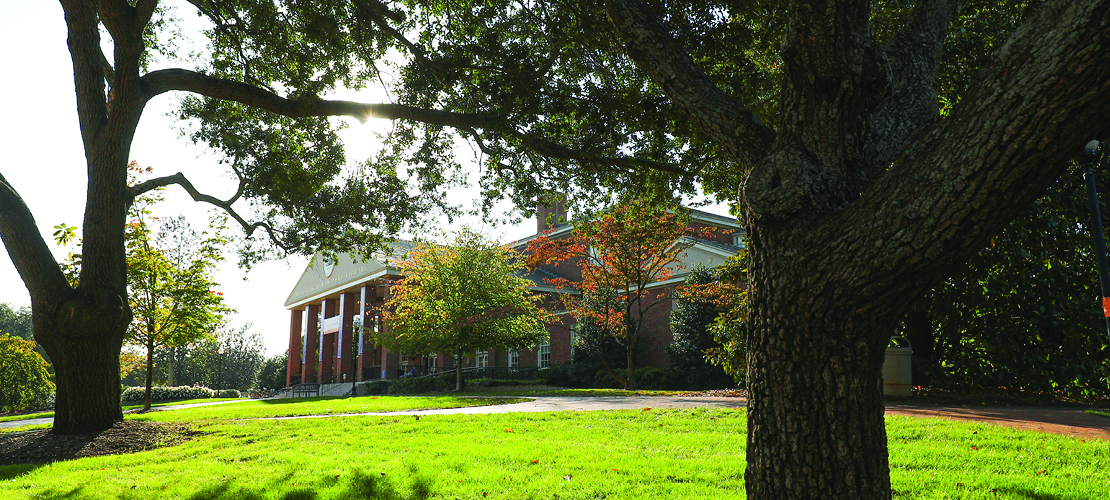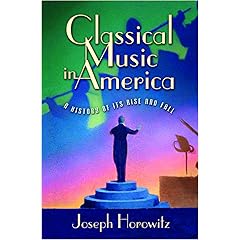Classical Music in America: A History of Its Rise and Fall by Joseph Horowitz
ML200 .H797 2005
This controversial tome peaked my interest after hearing it mentioned at conferences, in journal articles, and even the Chronicle of Higher Education. A few quotations will give you the gist of the book:
“Compared to classical music in its European homeland, classical music in the United States is a mutant transplant. Deep roots were not importable, nor in the main were they newly cultivated.” (pg. XIII)
“Taken as a whole, American classical music describes a single trajectory, rising to a height at the close of the nineteenth century and receding after World War I. In the decades of ascendancy, the quest for an American canon was its defining virtue, whether or not he reigning Germanic model proffered true hope for an indigenous American style. The decades of decline were at first highly interesting: a new culture of performance was crowned by amazing feats of virtuosity and probity, and textures, as well, by an exciting if subsidiary pursuit of the Great American Symphony. After 1950, the absence of a native canon was a defect no longer disguised or minimized by spectacular borrowed goods. By century’s end, intellectuals ad deserted classical music, compared to the theater, cinema, or dance, it was the American performing art most divorced from contemporary creativity….” (pg. 516)
Horowitz starts with this premise and goes back in American history to the development of symphony orchestras, opera performances, virtuoso performers, personality-based conductors, and the quest for an “American” music – to show why he believes classical music is destined to become extinct in the United States.
Whether or not you agree with the premise or conclusion, the detailed history of American classical music is fascinating, and the commentary on what constitutes a successful American work is illuminating.
Categories: Book Review



